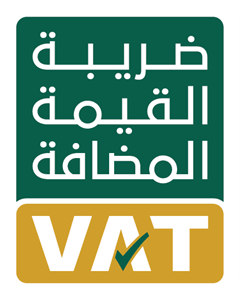Arabic-Language Support in AI & E-Learning Platforms
web-development.

📘 Structured Lesson Content:
🔹 Introduction to Arabic-Language Support
With over 420 million native and non-native Arabic speakers, Arabic is one of the most widely spoken languages globally. Yet, historically, it has received limited support in AI and e-learning platforms. This lesson focuses on how modern systems, including Master Study, are changing that—making learning more accessible and effective for Arabic speakers.
🔹 Why Arabic Support Matters in AI and Education
Access & Inclusion: Enables learners across MENA to fully engage with content.
Cultural Relevance: Local dialects and regional nuances matter.
Equity in Learning: Avoids digital divide for Arabic-speaking populations.
🔹 Core Features of Arabic Language Support
✅ 1. Right-to-Left (RTL) Interface
A properly designed RTL layout is crucial for user experience. Master Study ensures:
Full RTL compatibility in UI/UX
Smooth switching between LTR and RTL for bilingual content
✅ 2. Arabic Natural Language Processing (NLP)
Arabic NLP helps platforms understand and process Arabic inputs effectively, despite the language’s complexity in morphology and grammar.
Key challenges addressed:
Word inflection and root extraction
Dialectal variation (e.g., Egyptian vs. Gulf Arabic)
Named Entity Recognition (NER) in Arabic contexts
✅ 3. Multilingual Course Creation
Master Study supports instructors in:
Uploading bilingual or fully Arabic courses
Translating quizzes and assignments
Managing mixed-language student cohorts
✅ 4. Speech & Voice Features
Arabic voice recognition and text-to-speech technologies are now integrated in AI tools to:
Enable verbal communication in Arabic
Assist visually impaired or literacy-challenged users
Power Arabic-speaking chatbots and voice assistants
✅ 5. Arabic Fonts and Typography
Master Study ensures compatibility with:
High-quality Arabic fonts (e.g., Cairo, Amiri)
Proper line spacing and kerning for legibility
🔹 Use Cases of Arabic Language Support
| Sector | Application |
|---|---|
| Education | Arabic-language online courses, quizzes, and exams |
| Government | Smart chatbots for e-services |
| Healthcare | Arabic-speaking virtual assistants |
| Business & HR | Arabic CV readers and job matching platforms |
🧰 Tools & Technologies Used:
TensorFlow/NLP with Arabic datasets
Hugging Face Transformers for Arabic BERT
Google Translate API / DeepL for Arabic
Tashkeel and Farasa libraries
Master Study LMS multilingual interface tools
🎯 Target Audience:
Course creators targeting Arabic-speaking learners
Developers building Arabic-first AI applications
Educational institutions expanding into MENA
NGOs and government platforms focused on digital inclusion
🌍 Global Learning Benefits:
Expand reach to millions of Arabic speakers
Break language barriers in digital education
Foster diversity and inclusion in AI innovation
Enable localized and culturally relevant learning
📌 Learning Outcomes:
By the end of this lesson, learners will:
Understand the importance of Arabic-language support in AI and LMS platforms
Recognize the technical challenges of Arabic integration and how to overcome them
Utilize Master Study’s tools to build Arabic-friendly learning environments
Support equitable learning opportunities for Arabic-speaking users
🧠Master Study NLP Fundamentals: The Foundation of Language Understanding in AI
📚Shop our library of over one million titles and learn anytime
👩🏫 Learn with our expert tutors




